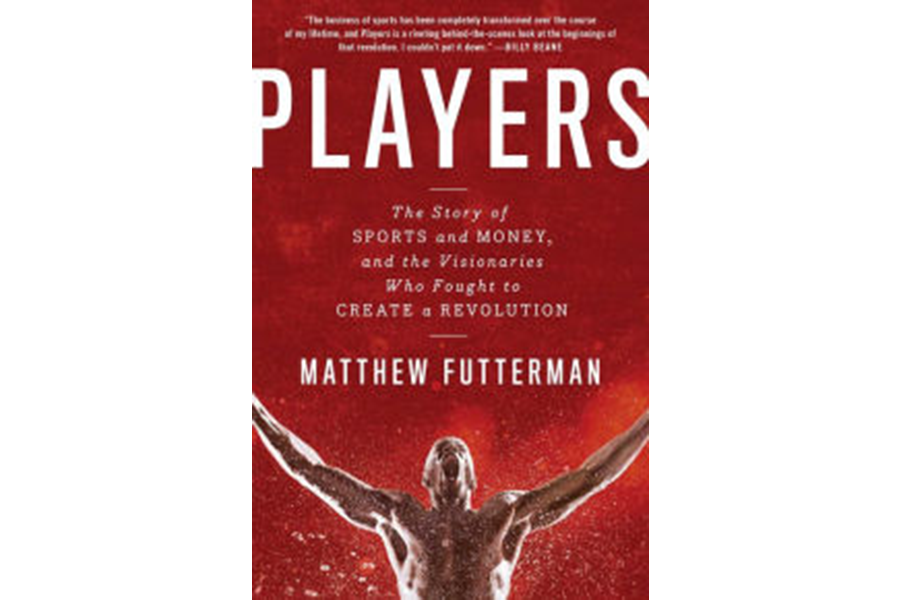It’s common knowledge that today’s sports salaries are staggeringly high. Fortune magazine’s 50 highest paid athletes reportedly all make more than $20 million a year, and even journeymen are pretty much set for life if they handle their finances wisely. How did this happen? Matthew Futtrerman, a senior special writer on sports for The Wall Street Journal, decided to take an in-depth look across a number of sports. In his estimation, a seminal moment came in 1960, when attorney Mark McCormack signed Arnold Palmer as a client and quickly began to maximize Palmer’s endorsement potential. But Futterman identifies numerous other influential developments, including baseball free agency, a player boycott at Wimbledon, and the “Nike-ization” of sports
Here’s an excerpt from Players:
“By the time [Michael Jordan] and the Chicago Bulls got good enough to win championships, in 1991, NBA basketball had become the hottest sports property in the world. Soccer was more popular internationally and probably always will be. NFL football had its lock on the American autumn. But the NBA had become the ultimate growth stock, a captivating, aesthetically remarkable mix of sports, art, and theater perfectly presented by the NBC Sports chairman, Dick Ebersol, in a neat, immensely profitable corporate package. Within a span of fifteen years, the drug-riddled NBA that couldn’t get its championship on live television became the world’s model sports organization. Jordan stood at the pinnacle, a $50-million-a-year juggernaut who hawked everything from Gatorade to underwear.”





